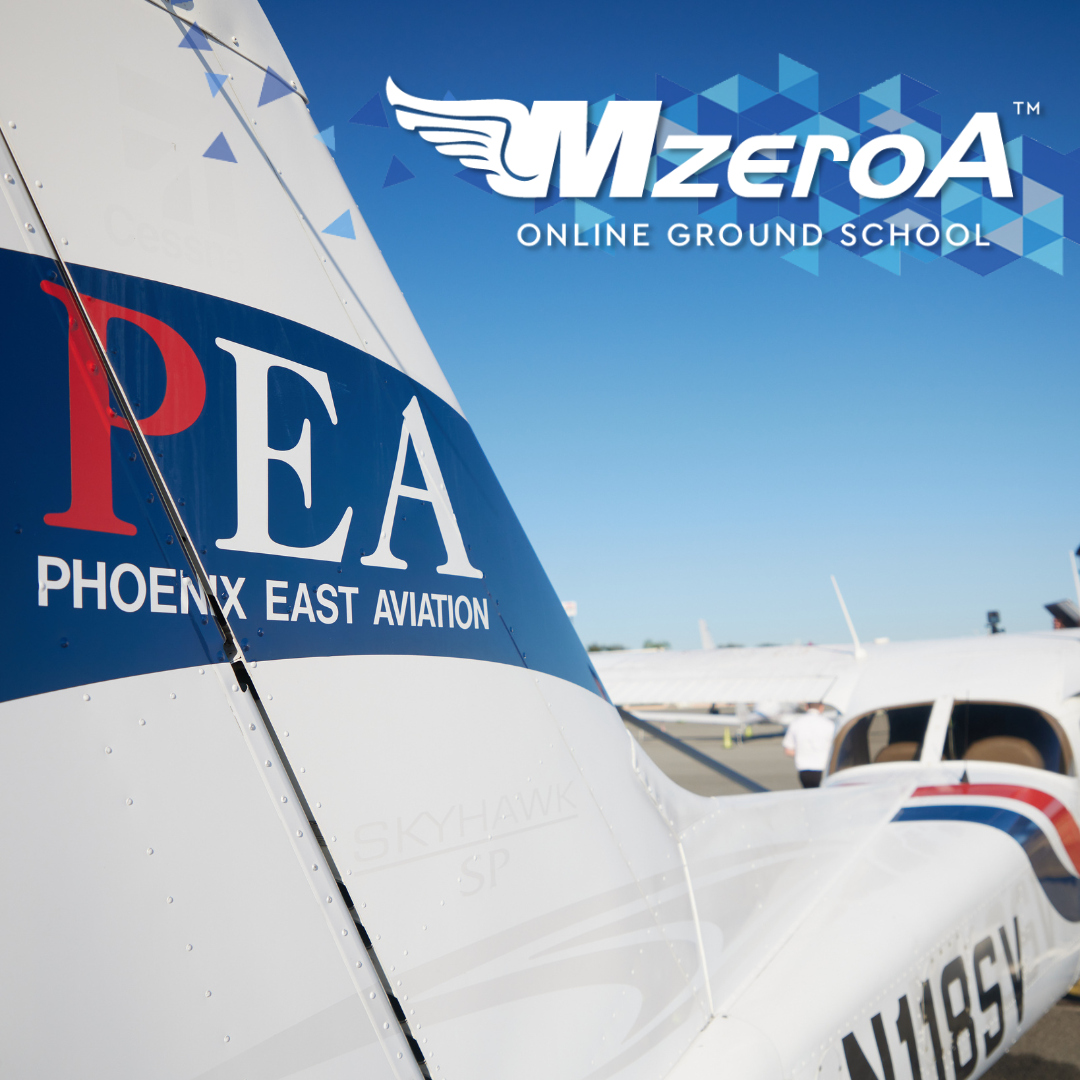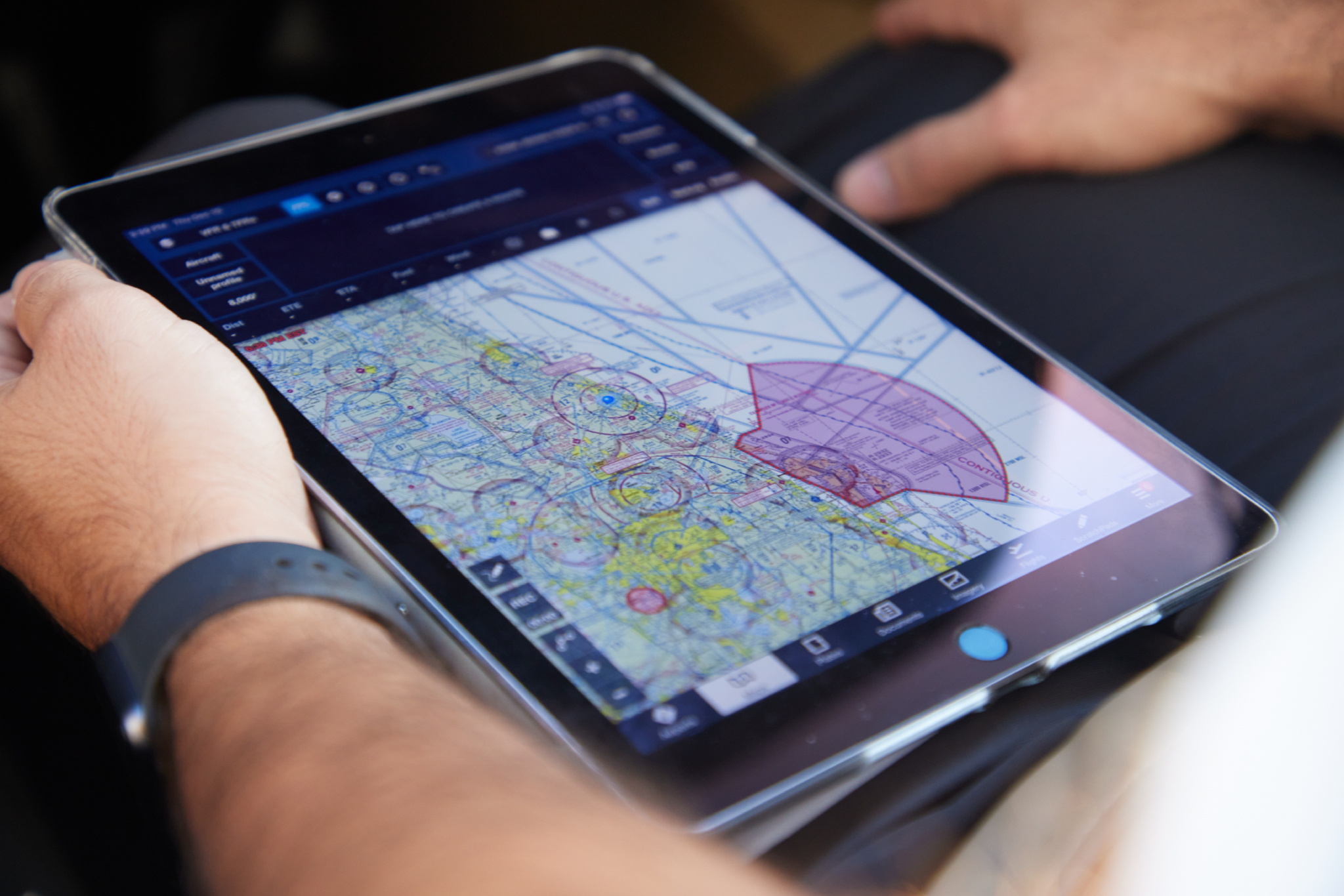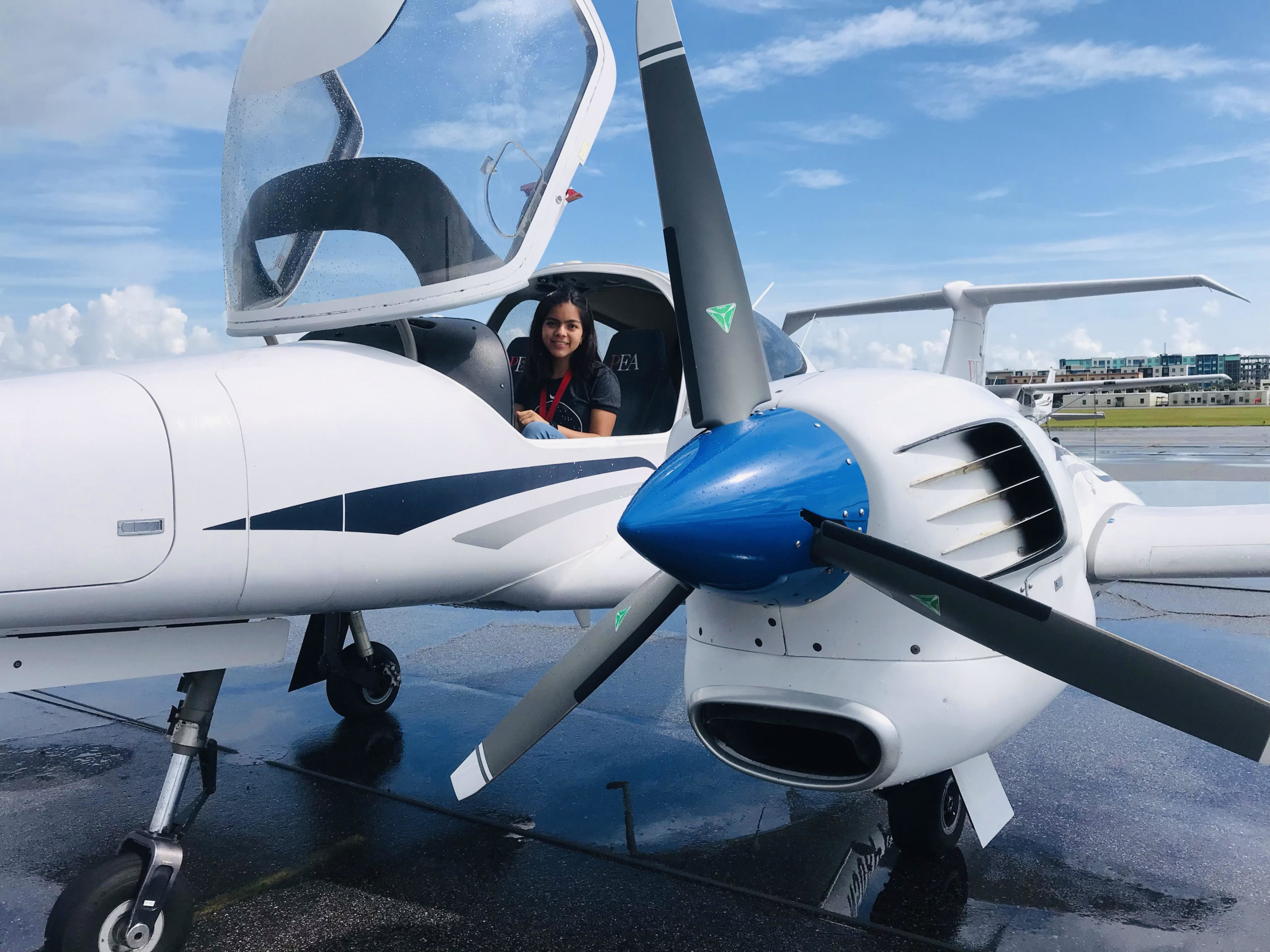Which Pilot Gadgets Do You Really Need?
If you flip through a catalog of pilot supplies, you might be overwhelmed with all of the gadgets and tools available to pilots. Don’t be alarmed: You won’t need to buy all of them to be a successful pilot!
For the most part, your flight school will determine which, if any, additional items you’ll need to purchase for your flight training.
In the meantime, here are a few pilot gadgets that you’ll use on a daily basis during flight training:
- The digital version of the FAR/AIM:
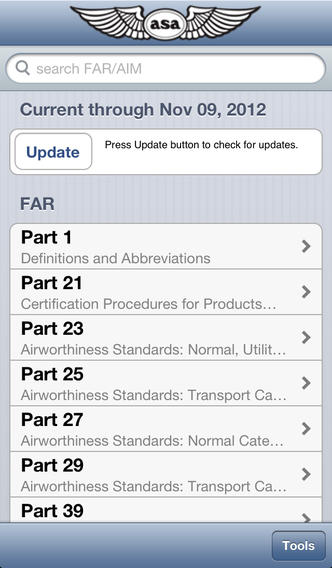
The hard copy is nice to look through, too, but the e-book is searchable, which will save you loads of time when you’re looking for a specific regulation. With the digital version of the Federal Aviation Regulations, you’ll be able to find exactly what you’re looking for quickly.
- E6B Flight Computer:
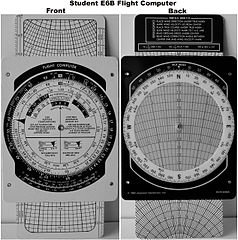
There are electronic flight computers, but your instructor will probably make sure you know how to work a standard E6B. An E6B is a little cardboard or metal gadget that looks like a wide ruler with a circular sliding board attached to it. It’s full of numbers and is capable of calculating time, speed and distance as well as fuel, metric conversions and wind calculations. It’ll cost you just a few dollars.
- Electronic Flight Computer:
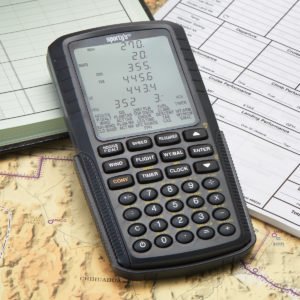
Photo Credit by Sporty’s
After you learn how to compute various flight calculations on a standard E6b, you’ll be able to use an electronic flight computer. Electronic flight computers are often built in to popular aviation applications for smart phones and tablets, as well.
- Plotter:
Smart phones and tablets are good at flight planning, but similar to the E6B, your flight instructor will typically make you complete the flight planning process by hand first. You’ll need a plotter for this task, which looks like a ruler but has nautical miles and statute miles on it, as well as angular markings to determine course.
- A Really Good Flashlight:
You’ll want to invest in a really good, durable flashlight that has both a red filter and white filter. You’ll use the white for preflight duties at night and the red for inflight duties so as not to interfere with your ability to see well in low light conditions. Some flashlights have other colors, like green, but red and while light are the most important.
- Kneeboard:
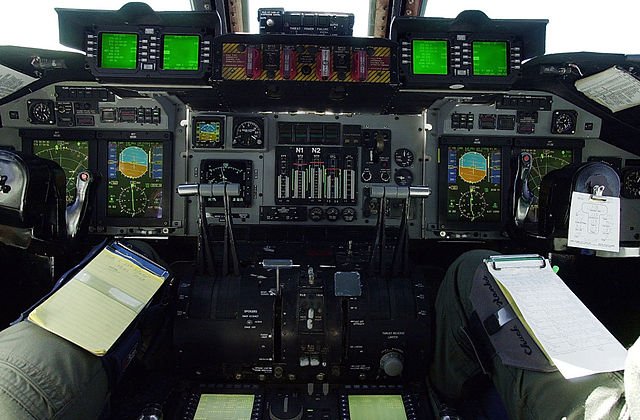
You’ll need a way to organize your things in flight, and a kneeboard is the typical way pilots keep all of their papers and notes in one place. You don’t need anything fancy – just a place to write notes (such as weather conditions or ATC clearances) and a place to put checklists and charts. Most kneeboards have multiple pockets to keep everything in place.
- A Yoke Clip or Mounting Device for Tablet:
A yoke clip is just what the name implies – a clip that attaches to the yoke and is made for holding papers, approach charts and anything else that you can fit on it. Since the use of tablets has increase, many pilots are opting for a specifically designed suction or yoke clip that holds an iPad or tablet instead of the traditional yoke clip that holds paper.
- Electronic Logbook:
Finally, an electronic logbook will make your pilot career so much easier. You’ll want to keep a paper logbook, too, as a backup, but there are so many advantages to an electronic logbook that it’s worth the investment. Instead of constantly calculating the different types of flight hours you have (VFR/IFR, night time, cross country time, landings, etc.) it will all be calculated for you and stored for quick availability.


